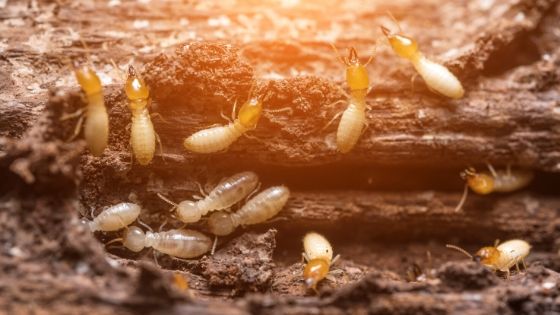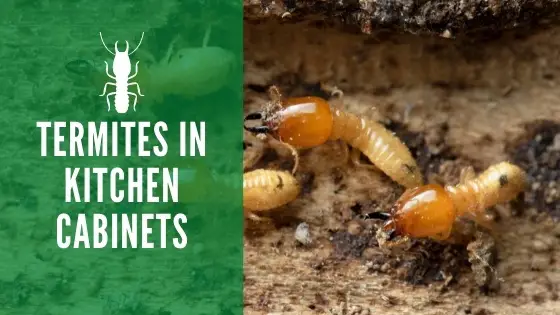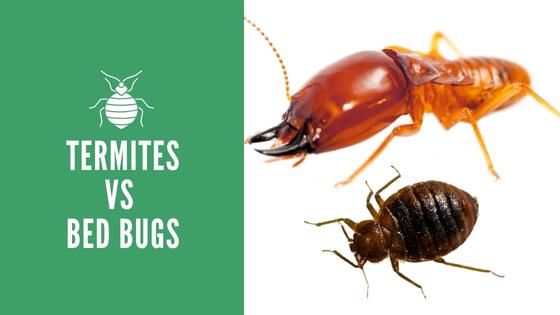When to Call a Termite Exterminator
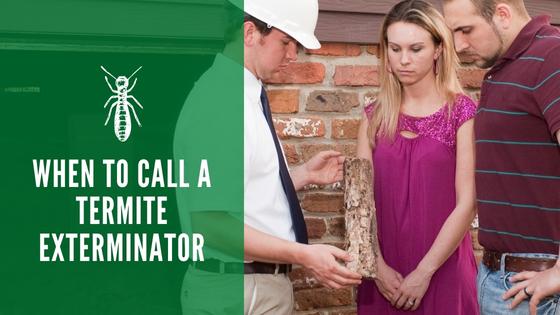
Hearing someone talk about termites is enough to fill property owners with dread. With the exception of Alaska, termites exist within every state. This means that at some point, every property owner will need to think about how to prevent and eliminate these pests. Knowing when to call an exterminator helps you avoid extensive damage to your property.
Signs of a Termite Infestation
Whether you own a house or commercial building, you should perform regular termite inspections yearly. Most property owners find it helpful to check for pests during the changing of seasons.
Watching out for these signs of termites helps you to get a handle on the problem before it gets out of control.
Finding Holes In Drywall or Wood Paneling
Termites bore their way through wood, which leaves behind tiny little holes. While these holes look small, the damage they may be doing to the building materials’ internal structure can be extensive.
Discovering Piles of Termite Pellets
Termite droppings are frequently referred to as frass. As the termites bore through the wood, they may also push some out, which look like fine wood shavings. Usually, you’ll see these mounds below holes in the building material that indicate where the termites found an entrance to your home.
Spotting Swarms
Seeing swarmer termites is one of the most common ways that people spot infestations. During certain times of the year, reproductive termites sprout wings and fly in swarms to mate. They then drop their wings soon after, and you might spot discarded wings near windows where the swarm occurred.
If you notice a swarm of flying insects around the spring or fall, then these could be termites. However, they could also be other types of bugs, so you’ll need to call an exterminator to get a proper identification.
Seeing Mud Tubes
Subterranean termites create mud tubes to protect them as they travel from their underground colony to food sources. Mud tubes help the termites to stay within a moist and cool environment, and you’ll often see these running from the ground up the walls of a building.
The mud tubes themselves don’t cause much damage, but they are a sign that termites have been on your property at some point. Since the tubes tend to crumble as they are exposed to nature, noticing fresh ones is a good sign of an active infestation.
Hearing Knocking or Scratching Sounds
Noticing sounds from inside your home’s walls or attic may give you chills. However, this may be caused by termites rather than a haunting. Unfortunately, you might wish your house had a ghost once you understand the damage that termites can do in a short time.
Feeling That Windows and Doors Are Hard to Open
Serious termite infestations can also cause door jambs and window openings to warp. This can be due to damage to the wood from chewing behaviors. Or it could also be caused by the termites drawing moisture out of the frames, which are carefully sized to fit the opening.
Although this problem could also be caused by other factors, such as water damage, checking for termites could help you find the underlying cause and fix them.
Dangers of Termite Infestations
People often underestimate just how much damage termites can do. Subterranean termites are the most common type to invade homes and commercial buildings, and their colonies can have up to one million tiny termites eager to feed and help increase the colony’s size.
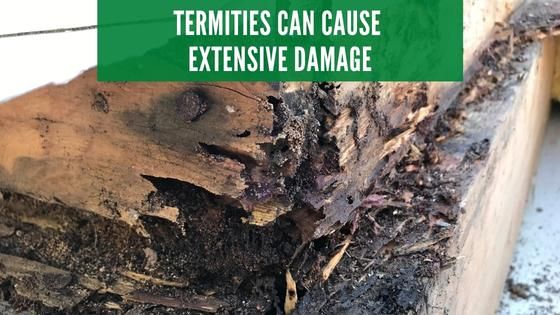
A single colony of subterranean termites can eat up to 15 pounds of wood a week (Estimations have varied over the years). The damage can be staggering if an infestation goes on for a long period.
Since the termites mostly live underground and inside of the walls, you don’t have to worry much about bites or stings. Termites prefer to stay far away from humans, but that doesn’t mean they are harmless to your health.
One of the most concerning dangers of termites is the property damage that they cause. As they chew through wood, they destroy the structural integrity of a building where people most likely spend a lot of time.
A roof cave in or a wall collapse is a true possibility in buildings where termite populations have been allowed to grow unchecked.
Even if no one gets hurt, property owners often deal with thousands of dollars of damage that require extensive repairs before a building is considered habitable again.
The Best Time to Call a Termite Exterminator
By the time you notice the signs of an infestation, you’re already a step behind the termites. The ideal time to call a termite exterminator is immediately after recognizing that there could be a problem.
Remember that this also means you need to call a professional if you notice signs of termites on an outdoor part of your property, such as a shed or wood pile. Termites easily travel from one colony or feeding site to another, and it is common to find them living in various places on someone’s property.
Since termites can cause extensive damage quickly and are hard to get with typical pest control treatments, you’ll need a professional to handle the control measures.
Professional exterminators know how to find where the termites live and use widespread control methods that hit them where they live.
How Do Exterminators Get Rid of Termites?
Since termites live in the ground and inside walls, you might wonder how an exterminator can kill them. Exterminators use several methods to quickly and efficiently handle a termite problem.
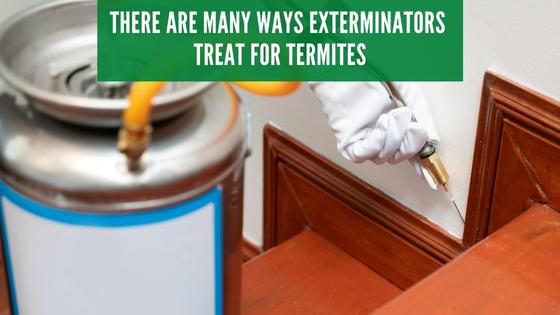
In most cases, an exterminator will use some form of chemical pest control. Termite control pesticides may include special baits or wood treatments used inside or outside the building.
Soil treatments are another effective way to eliminate termites as they travel between their colony and the building. The soil-applied barrier treatment is a common way for exterminators to end an infestation, and it requires a professional’s help to ensure that the chemicals are used safely.
Once the treatments are applied, an exterminator may make recommendations for preventing future problems. For example, you might need to store firewood further away from the building. Keeping mulch and other organic material away from your property’s exterior walls to prevent termites from moving close enough to launch an invasion.
While the exterminator might not handle this portion of the treatment plan, they might recommend that you have certain building materials replaced. Removing infested wood helps to end the infestation sooner, and it might be necessary to restore the safety of your property.

